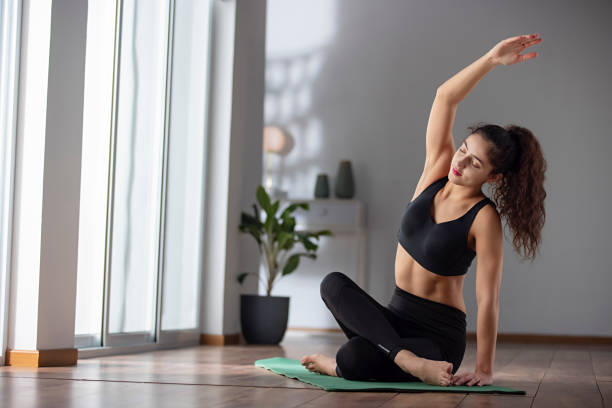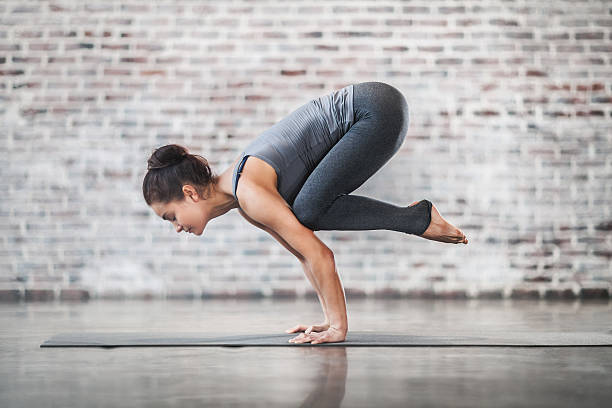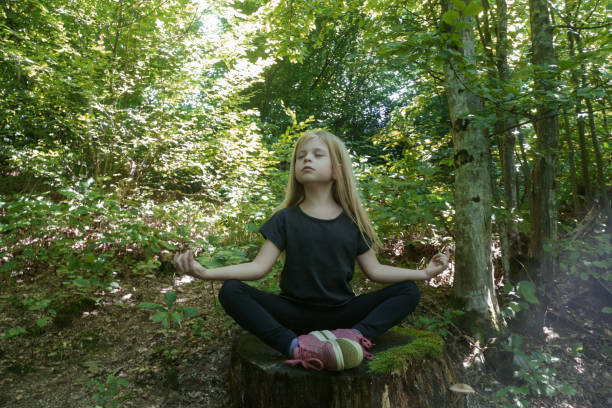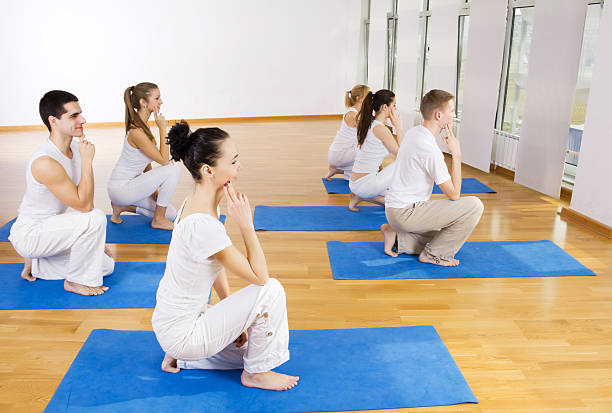
Yoga means to connect, unite, or ‘yoke.’ We seek to connect with the true Self, also called the ‘divine essence’ or ‘ultimate selves’ or atman. This could also be called the soul.
This way of thinking may not resonate with you. Yoga can also be translated as separation or disentanglement. We are disengaging from anything that prevents us from feeling free. The ultimate goal of yoga is moksha, which means liberation or freedom.
How can one achieve this freedom through yoga? Is it possible to do this without spending much money on yoga pants? You can reach it by enrolling in a detox retreat or touching your toes. It’s unlikely.
According to Patanjali’s Yoga Sutras, there is an eight-fold path to liberation. This path is known as the Ashtanga Yoga System or Eight Limbs of Yoga. (The word ashta means ‘eight,’ and ‘anga means? Limb).
YAMA – Restraints, moral discipline, or moral vows
Yama is the first limb. It refers to vows and practices primarily concerned with the world around us and how we interact with it. Yoga can increase flexibility and physical strength and calm the mind. But what good is yoga if we are still weak, rigid, and stressed out daily? There are five Yamas.
Yoga is about transforming and benefiting every aspect of your life. It’s not just 60 minutes on a rubber mat. If we can be kind, truthful, and positively use our energy, it will benefit us and all those around us.
BKS Iyengar’s translation, “Light On The Yoga Sutras,” explains that Yamas are “unconditioned by place, time, and place.” This means that we can all strive to instill the Yamas in us no matter who we are or where we come from.
NIYAMA – Positive duties or observances
The second limb, Niyama, refers to our duties towards ourselves. However, it can also be applied to actions towards the outside. The Sanskrit prefix “ni” is a Sanskrit verb that means “inward” or “within.”
There are five Niyamas.
Niyamas were traditionally practiced by people who wanted to go further along the Yogic path. They are meant to help build character. The Koshas are our sheaths,’ or ‘layers’ that connect the physical body and the essence within. You’ll see that the Niyamas, from saucha and isvararpranidhana, guide us from the worst aspects of ourselves to the truth within.
ASANA – Posture
The third step in the path to freedom is the physical aspect of yoga. However, asana doesn’t mean the ability to do a handstand or a backbend. It simply means seat, precisely the place you’d use for meditation. The only instruction Patanjali has for this asana and the posture should be stable and comfortable.
Traditional texts such as the Hatha Yoga Pradipika list many positions, including Padmasana (lotus position) and Virasana [hero pose], suitable for meditation. However, this text tells us that the essential posture is hiragana –meaning ‘a comfortable and motionless’.
It is essential to sit comfortably so that we don’t feel pulled by the aches and pains in our bodies or restlessness from being in an uncomfortable position. This is something you might consider when taking a yoga class. “In what number of poses are we comfy and steady?”
PRANAYAMA – Breathing Techniques
Prana is a term that refers to energy or life source. It can also refer to the essence of what keeps us alive and the energy available in the universe. Prana often refers to the breath. Focusing on the breath can straightforwardly affect our mind.
Pranayama could be translated as either pranayama’, which would be breath–control’ or ’breath restriction.’ Or it could be interpreted as pranayama’, which would translate to ‘freedom from breath’,?breath expansion’, or – whichever you prefer.
Working with various breathing techniques can alter the mind in many ways. We can choose from calming practices such as Chandra Bhadana (moon-piercing breath) or more stimulating techniques like Kapalabhati (“shining skull cleansing breathe”).
Every way that we breathe will affect our state of being. However, it is up to us to decide if we view this as ‘controlling” our feelings or ‘freeing ourselves’ from the habitual ways our minds are wired.
PRATYAHARA-Sense withdrawal
Pragya is to ‘draw in, draw in, or drawback.’ The second part refers only to what we ‘take in’ ourselves. This includes all the sights, sounds, and smells our senses absorb continuously. This is what we do when we sit down for formal meditation. We focus on ‘drawing into.’ Drawing inward might include focusing on our breathing.


